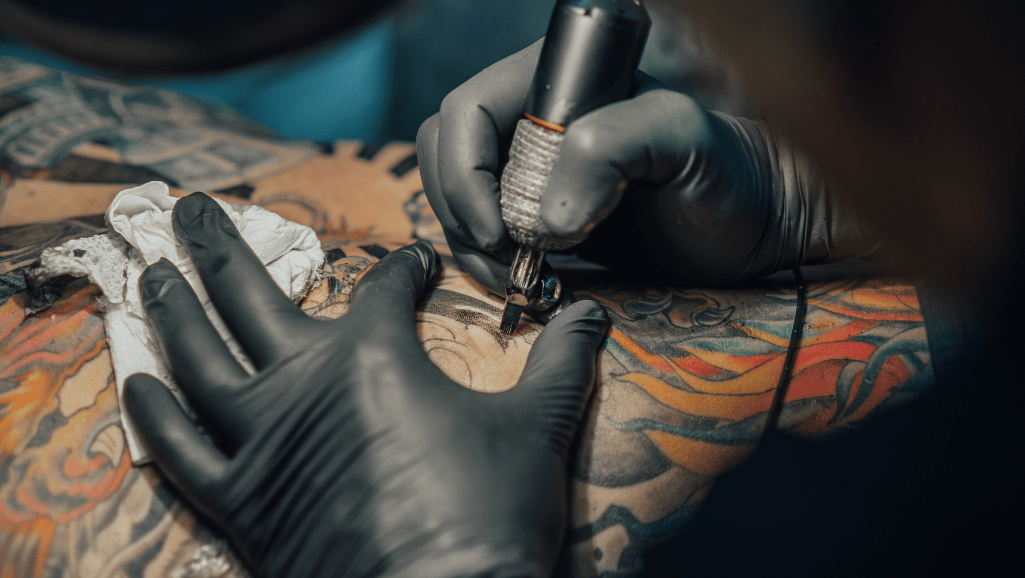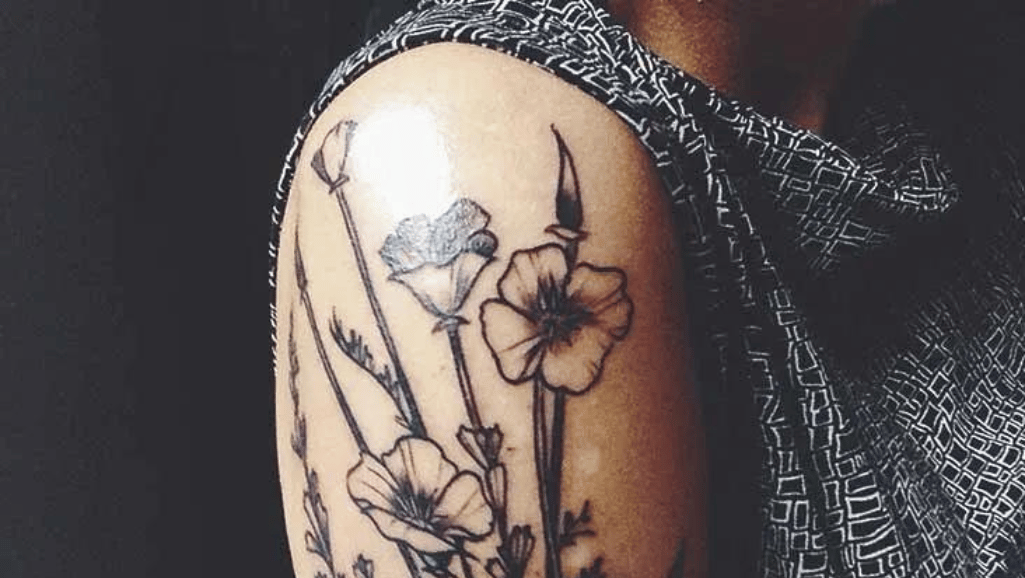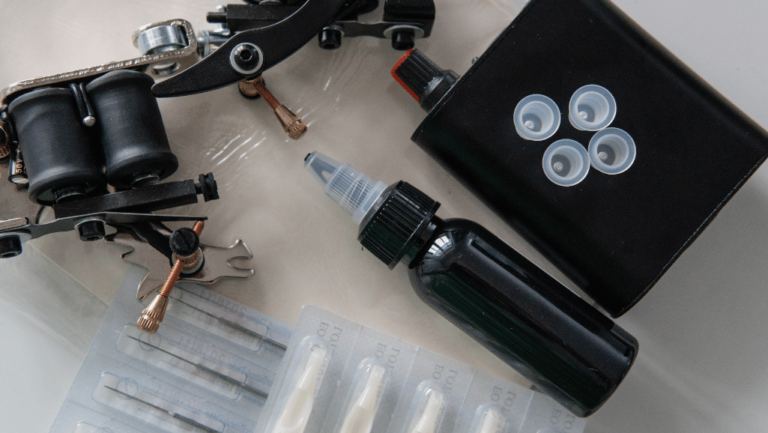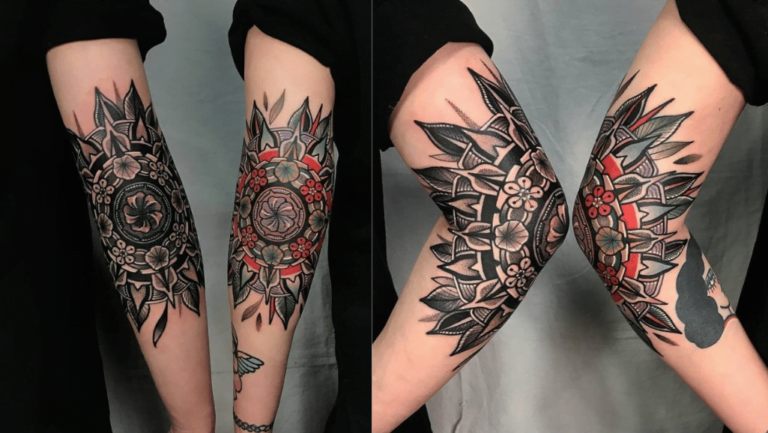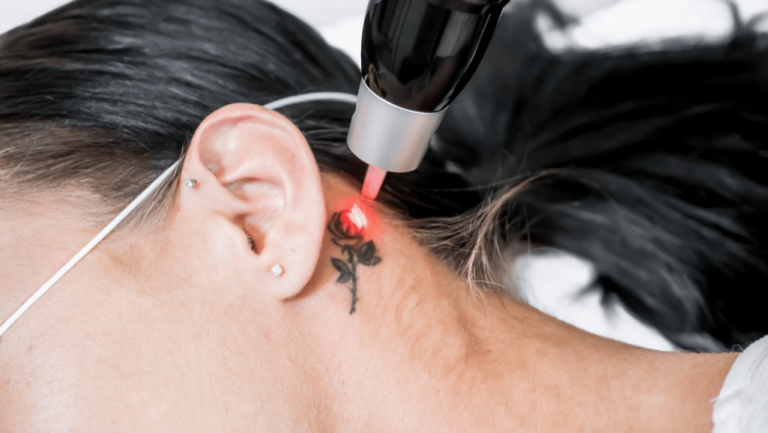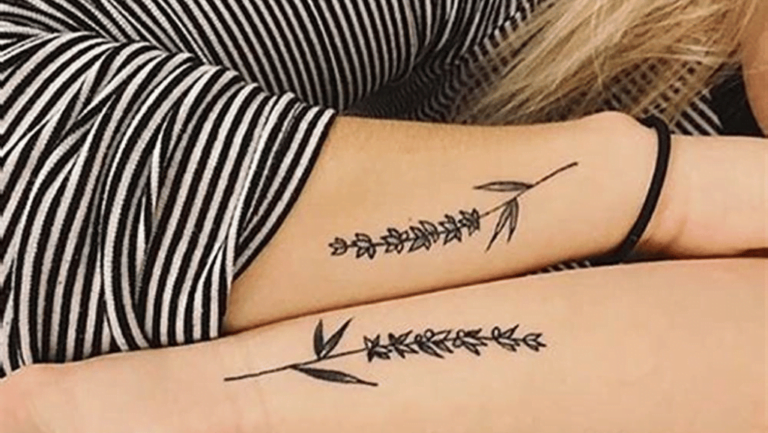Getting a tattoo on the thigh can be an exciting and meaningful experience. However, one concern that many people have is the level of pain associated with thigh tattoos. In this article, we will explore the different factors that can affect the pain levels of thigh tattoos and provide tips for managing and minimizing discomfort.
The pain level of a thigh tattoo can vary depending on several factors. The specific area of the thigh being tattooed plays a significant role in determining the level of pain experienced. Thigh areas with more fat, fewer nerve endings, and thicker skin tend to be less painful, while areas with less fat, more nerve endings, and thinner skin can be more uncomfortable. Additionally, individual pain tolerance can vary, and factors such as gender, experience, age, weight, and the artist’s skill level can also influence the pain level.
Fortunately, there are several techniques and strategies that can help manage and minimize the pain of a thigh tattoo. Choosing a professional and experienced tattoo artist is crucial for a safe and comfortable tattooing experience. Proper preparation, including getting enough rest, consuming a nutritious diet, and staying hydrated, can help reduce pain sensitivity. Pain relief methods such as numbing creams or sprays approved by a physician or tattoo artist, distraction therapy, deep breathing, and over-the-counter pain medication can also provide relief during the tattooing process.
Aftercare is equally important for optimal healing and to minimize discomfort. Following the aftercare instructions provided by the tattoo artist, which may include proper cleaning, moisturizing, and avoiding activities that can damage the tattooed area, can help prevent unnecessary pain or complications.
Remember, pain is subjective, and everyone has a unique pain tolerance. While getting a thigh tattoo may involve some discomfort, taking the necessary precautions and following the right techniques can help make the experience more manageable. If you’re considering getting a thigh tattoo, consult with a professional tattoo artist who can provide personalized guidance based on your specific needs and concerns.
Key Takeaways:
- Thigh tattoo pain levels can vary depending on the specific area of the thigh being tattooed.
- The least painful areas on the thigh tend to have more fat, fewer nerve endings, and thicker skin.
- Factors such as gender, experience, age, weight, and the artist’s skill level can influence the pain level of a thigh tattoo.
- Managing thigh tattoo pain can be done through various techniques such as choosing a professional artist, getting proper rest and nutrition, taking pain relief medication, and using approved numbing creams or sprays.
- Aftercare is important for optimal healing and includes proper cleaning, moisturizing, and avoiding activities that can damage the tattooed area.
Most Painful Tattoo Spots
When getting a tattoo on the thigh, certain areas are more likely to be painful. These spots have thinner skin, more nerve endings, and are closer to the bones, making them more sensitive to pain. Here are some of the most painful tattoo spots on the thigh:
- Armpit
- Rib cage
- Ankles and shins
- Nipples and breasts
- Groin
- Elbows or kneecaps
- Behind the knees
- Hips
- Neck and spine
- Head, face, and ears
- Lips
- Hands, fingers, feet, and toes
- Stomach
Tattooing on these areas can range from high to severe pain. It’s important to note that pain tolerance varies from person to person, so individual experiences may vary.
| Tattoo Spot | Pain Level |
|---|---|
| Armpit | High to severe |
| Rib cage | High to severe |
| Ankles and shins | High to severe |
| Nipples and breasts | High to severe |
| Groin | High to severe |
| Elbows or kneecaps | High to severe |
| Behind the knees | High to severe |
| Hips | High to severe |
| Neck and spine | High to severe |
| Head, face, and ears | High to severe |
| Lips | High to severe |
| Hands, fingers, feet, and toes | High to severe |
| Stomach | High to severe |
Least Painful Tattoo Spots
When it comes to getting a tattoo on the thigh, some areas are known to be less painful than others. These spots generally offer more comfort and a lower pain level during the tattooing process. If you’re considering a thigh tattoo and want to minimize the discomfort, here are the least painful areas to consider:
1. Upper Outer Thigh
The upper outer thigh is considered one of the least painful spots for a thigh tattoo. This area has more fat and thicker skin, providing extra padding and cushioning during the tattooing process. The reduced presence of nerve endings makes it a relatively painless option.
2. Forearms
The forearms, although not traditionally associated with the thigh, are also a viable option for a tattoo placement. With a generous amount of muscle and a lesser concentration of nerve endings, this area is known for being less painful.
3. Outer Shoulders
The outer shoulders offer a relatively pain-free tattooing experience. The presence of muscle and fat, along with thicker skin, makes this location less sensitive. Plus, the larger surface area allows for more intricate designs.
4. Outer Bicep
The outer bicep is another area on the thigh that is comparatively less painful for tattoo placement. With thicker skin and fewer nerve endings, this spot offers a comfortable canvas for your tattoo.
5. Calves
For those interested in a lower thigh tattoo, the calves are an excellent option. The calf muscles provide ample padding and the skin is thicker, resulting in a minimal discomfort level during the tattooing process.
6. Upper and Lower Back
The upper and lower back are regions known for their larger surface area and less sensitivity. These areas have more fat, making them less prone to pain. Tattooing on the back also allows for larger and more intricate designs.
While these areas are generally considered the least painful spots on the thigh, it’s important to remember that pain tolerance can vary from person to person. Each individual’s experience will differ based on factors such as personal pain threshold and overall psychological state. If you have a specific design in mind, consult with a professional tattoo artist who can advise you on the best placement option for your desired design.
Now that you have a better understanding of the least painful spots for a thigh tattoo, you can make an informed decision about the placement of your tattoo. Remember to consult with a reputable tattoo artist who can guide you and minimize any potential discomfort.
Factors Affecting Pain
When it comes to getting a thigh tattoo, several factors can influence the level of pain you might experience. Here are some key considerations:
Gender and Tattoo Pain
Research suggests that gender may play a role in how individuals experience pain during tattoos. Generally, women tend to have a lower pain threshold and may experience sensations of pain more intensely than men. However, it’s important to remember that pain tolerance is subjective and varies among individuals.
Experience and Tattoo Pain
Experience with tattoos can also impact pain perception. Individuals who have had previous tattoos may develop a higher pressure pain threshold over time. This means that with more exposure to the tattooing process, individuals may experience less pain during subsequent tattoos.
Age and Weight Impact on Tattoo Pain
Age and weight can also potentially influence tattoo pain. Older individuals may have more sensitive skin, making the tattooing process more painful. Additionally, individuals with more weight may experience increased pain due to the stretching of the skin during the tattooing process.
It’s important to note that while these factors can impact the level of pain during thigh tattoos, each person’s pain tolerance and experience will vary. It’s always best to consult with a professional tattoo artist who can provide personalized advice and guidance to minimize discomfort.
Managing Pain
When it comes to getting a thigh tattoo, managing pain is a key concern for many individuals. Fortunately, there are several effective techniques and tips that can help reduce thigh tattoo pain and ensure a more comfortable experience.
Finding a Professional Artist
First and foremost, it’s important to find a professional and experienced tattoo artist who can ensure a safe and comfortable tattooing process. A skilled artist will be able to work efficiently, minimizing the time spent on each area and reducing overall pain levels. Additionally, a professional artist will have a deep understanding of pain management techniques and will be well-equipped to assist you throughout the process.
Optimizing Your Physical Condition
Managing thigh tattoo pain starts even before the tattooing session begins. Taking care of yourself physically can help reduce pain sensitivity and improve your overall tolerance. Getting proper sleep, eating a nutritious diet, and staying well-hydrated can all contribute to a more comfortable tattooing experience.
Using Pain Relief Methods
There are various pain relief techniques that can be employed during the tattooing process. Over-the-counter pain medication, such as ibuprofen, can help alleviate discomfort. Additionally, numbing creams or sprays approved by a physician or tattoo artist can be applied to numb the skin and minimize pain during the tattooing process. It’s important to consult with your tattoo artist or a medical professional to ensure that you’re using safe and effective pain relief methods.
Distraction Techniques and Deep Breathing
Another effective way to manage thigh tattoo pain is by using distraction techniques. Engaging in conversation with your tattoo artist, listening to music, or even watching a show on your phone can help divert your attention away from the discomfort. Additionally, practicing deep breathing exercises can help relax your body and minimize the perception of pain.
Topical Cooling
Applying a cold compress or using a topical cooling gel on the tattooed area can provide temporary relief from pain and reduce inflammation. The cool temperature can numb the skin and provide a soothing sensation during and after the tattooing process.
By following these tips and techniques, you can effectively manage and reduce thigh tattoo pain. Remember to always follow the aftercare instructions provided by your tattoo artist to ensure proper healing and to avoid activities that can irritate or damage the tattooed area.
Summary:
In summary, managing thigh tattoo pain is possible through several strategies. Finding an experienced tattoo artist, optimizing your physical condition, using pain relief methods, employing distraction techniques and deep breathing, and using topical cooling are all effective ways to reduce thigh tattoo pain. Remember to communicate with your tattoo artist and follow their aftercare instructions for the best possible healing experience.
Conclusion
In conclusion, the pain level of a thigh tattoo can vary depending on several factors. The specific location of the tattoo plays a significant role, with areas like the armpit, ankles, and shins known to be more painful. However, there are also less painful areas such as the upper outer thigh and forearms. Individual pain tolerance is another crucial factor. Some people may have a higher pain threshold, while others may find the process more uncomfortable.
To manage thigh tattoo pain, it is essential to find a professional artist with expertise in the specific area. Proper aftercare instructions must be followed to ensure optimal healing and prevent complications. Additionally, getting enough sleep, maintaining proper nutrition and hydration, and using pain relief methods like numbing creams or sprays can help alleviate discomfort during the tattooing process.
It’s important to understand that pain perception is subjective and can vary from person to person. While some may find thigh tattoos relatively more painful, others may have a higher pain tolerance. Ultimately, the decision to get a thigh tattoo should be based on individual preferences and pain management strategies.
FAQ
Do tattoos on the thigh hurt?
What are the most painful tattoo spots on the thigh?
What are the least painful tattoo spots on the thigh?
What factors affect the pain level of a thigh tattoo?
How can I manage the pain of a thigh tattoo?
Is the pain level of a thigh tattoo subjective?
Forhad
Forhad's writing is not just about the artistry of tattoos or the latest trends in the industry; it's an exploration of the deep-rooted connections people have with their tattoos, reflecting personal narratives, cultural histories, and moments of transformation. Through a mix of in-depth features, personal narratives, and insightful analyses, he sheds light on the multifaceted nature of tattooing, revealing the emotional and cultural layers that lie beneath the surface.


